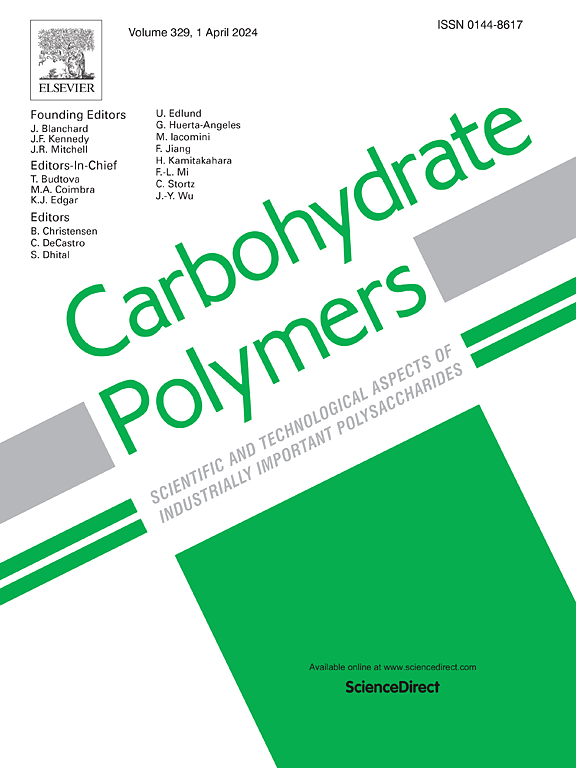β-Cyclodextrin/resistant dextrin induced disparate gelling behaviors of high-protein liquid systems
IF 10.7
1区 化学
Q1 CHEMISTRY, APPLIED
引用次数: 0
Abstract
High-protein, high-fiber foods are in the spotlight because of their health properties. Due to aggregation during heat treatment when dietary fiber is added, the amount of soy protein that can be used in the formulation of high-protein, high-fiber foods is limited. The effects of two types of soluble dietary fibers, β-cyclodextrin (β-CD) and resistant dextrin (RD), on the tunable thermal stability of soy proteins (SPs) and preheat-modified soy protein particles (SPPs), as well as the underlying mechanisms, were investigated. Results showed that β-CD (0.5–3.0 %, w/v) weakened the gels and introduced some degree of mobility, while RD (0.5–3.0 %, w/v) increased the gel strength and viscoelastic properties of SP and SPP gels. Dynamic light scattering analysis revealed that β-CD mitigated the increase in particle size of SPs and SPPs during heating, delaying gel formation at high protein concentrations. In contrast, RD promoted protein agglomeration into larger particles, speeding up the gelation process. Structural analysis revealed that β-CD preserved the integrity of protein structure, while RD promoted the unfolding of protein structure, leading to protein cross-links and aggregation formation. In summary, the effect of β-CD and RD on soy protein thermal stability provides valuable insights for developing new health-focused, high-protein, high-fiber products.

求助全文
约1分钟内获得全文
求助全文
来源期刊

Carbohydrate Polymers
化学-高分子科学
CiteScore
22.40
自引率
8.00%
发文量
1286
审稿时长
47 days
期刊介绍:
Carbohydrate Polymers stands as a prominent journal in the glycoscience field, dedicated to exploring and harnessing the potential of polysaccharides with applications spanning bioenergy, bioplastics, biomaterials, biorefining, chemistry, drug delivery, food, health, nanotechnology, packaging, paper, pharmaceuticals, medicine, oil recovery, textiles, tissue engineering, wood, and various aspects of glycoscience.
The journal emphasizes the central role of well-characterized carbohydrate polymers, highlighting their significance as the primary focus rather than a peripheral topic. Each paper must prominently feature at least one named carbohydrate polymer, evident in both citation and title, with a commitment to innovative research that advances scientific knowledge.
 求助内容:
求助内容: 应助结果提醒方式:
应助结果提醒方式:


